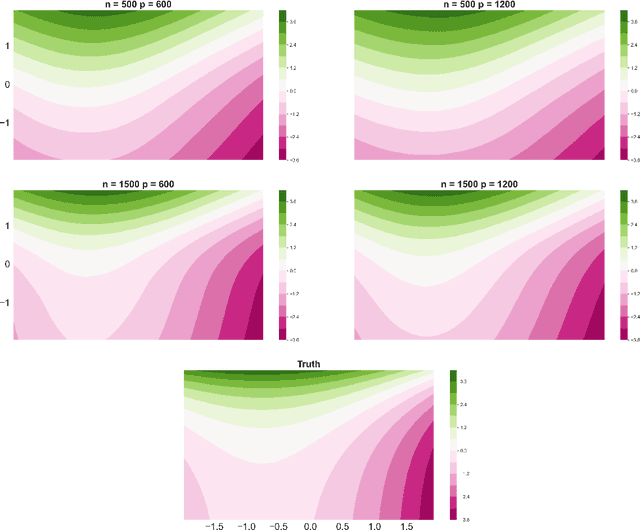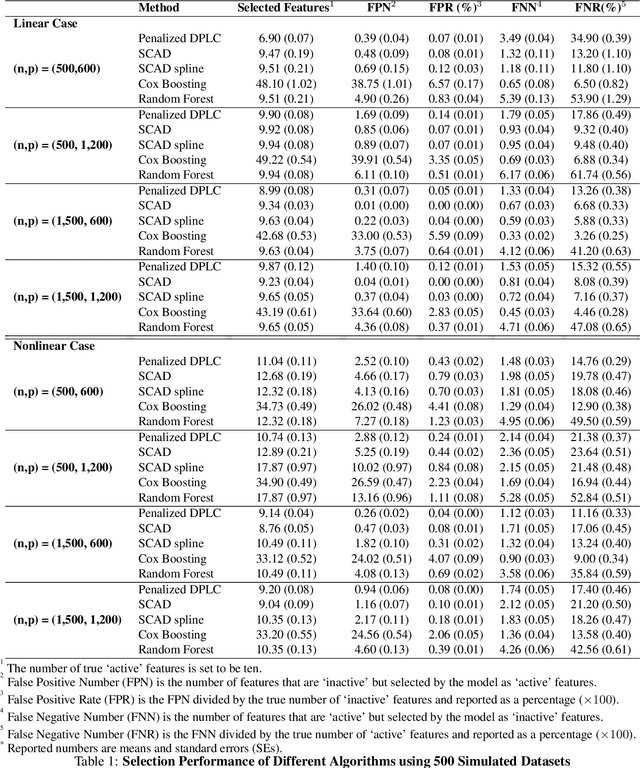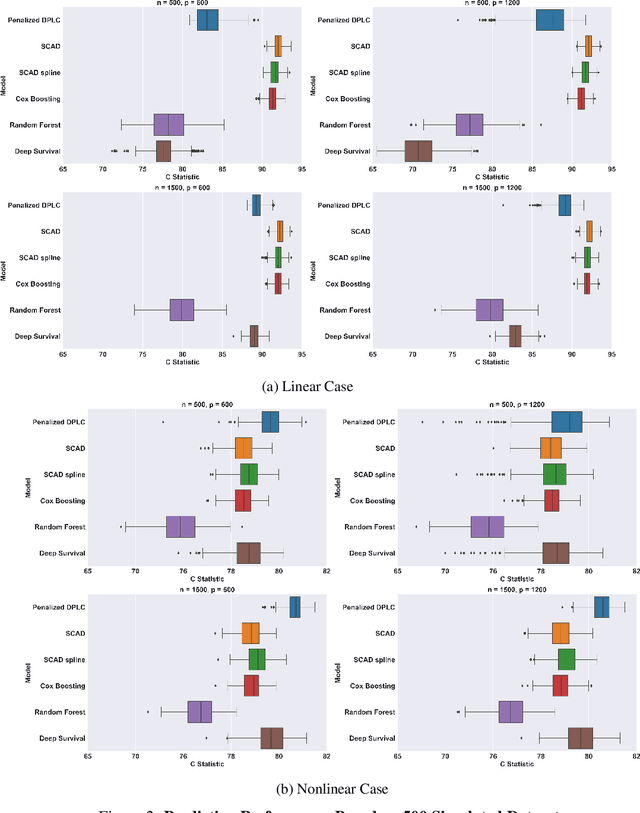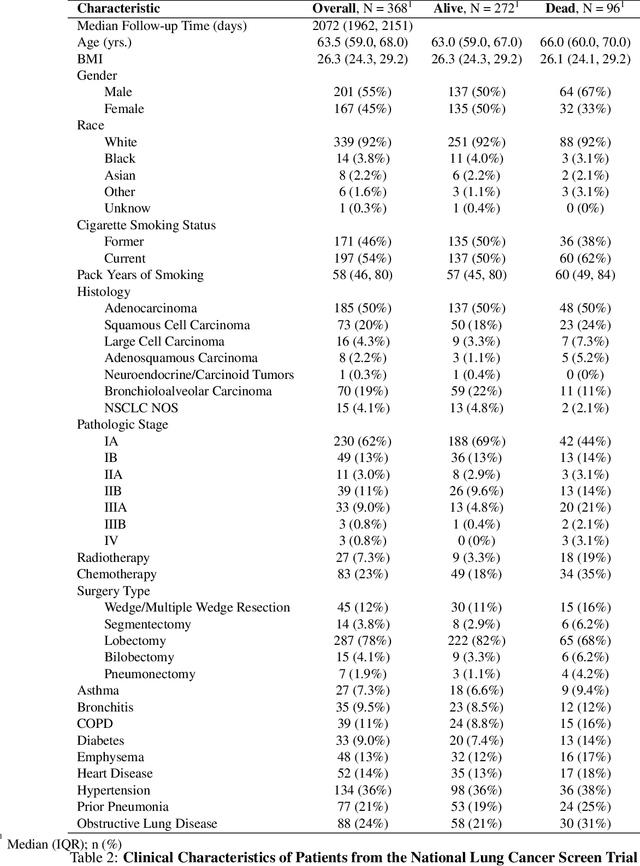Chi-Fu Jeffrey Yang
Thoracic Surgery Video Analysis for Surgical Phase Recognition
Jun 13, 2024Abstract:This paper presents an approach for surgical phase recognition using video data, aiming to provide a comprehensive understanding of surgical procedures for automated workflow analysis. The advent of robotic surgery, digitized operating rooms, and the generation of vast amounts of data have opened doors for the application of machine learning and computer vision in the analysis of surgical videos. Among these advancements, Surgical Phase Recognition(SPR) stands out as an emerging technology that has the potential to recognize and assess the ongoing surgical scenario, summarize the surgery, evaluate surgical skills, offer surgical decision support, and facilitate medical training. In this paper, we analyse and evaluate both frame-based and video clipping-based phase recognition on thoracic surgery dataset consisting of 11 classes of phases. Specifically, we utilize ImageNet ViT for image-based classification and VideoMAE as the baseline model for video-based classification. We show that Masked Video Distillation(MVD) exhibits superior performance, achieving a top-1 accuracy of 72.9%, compared to 52.31% achieved by ImageNet ViT. These findings underscore the efficacy of video-based classifiers over their image-based counterparts in surgical phase recognition tasks.
* 2 pages, 2 figures
Penalized Deep Partially Linear Cox Models with Application to CT Scans of Lung Cancer Patients
Mar 09, 2023



Abstract:Lung cancer is a leading cause of cancer mortality globally, highlighting the importance of understanding its mortality risks to design effective patient-centered therapies. The National Lung Screening Trial (NLST) was a nationwide study aimed at investigating risk factors for lung cancer. The study employed computed tomography texture analysis (CTTA), which provides objective measurements of texture patterns on CT scans, to quantify the mortality risks of lung cancer patients. Partially linear Cox models are becoming a popular tool for modeling survival outcomes, as they effectively handle both established risk factors (such as age and other clinical factors) and new risk factors (such as image features) in a single framework. The challenge in identifying the texture features that impact cancer survival is due to their sensitivity to factors such as scanner type, segmentation, and organ motion. To overcome this challenge, we propose a novel Penalized Deep Partially Linear Cox Model (Penalized DPLC), which incorporates the SCAD penalty to select significant texture features and employs a deep neural network to estimate the nonparametric component of the model accurately. We prove the convergence and asymptotic properties of the estimator and compare it to other methods through extensive simulation studies, evaluating its performance in risk prediction and feature selection. The proposed method is applied to the NLST study dataset to uncover the effects of key clinical and imaging risk factors on patients' survival. Our findings provide valuable insights into the relationship between these factors and survival outcomes.
 Add to Chrome
Add to Chrome Add to Firefox
Add to Firefox Add to Edge
Add to Edge